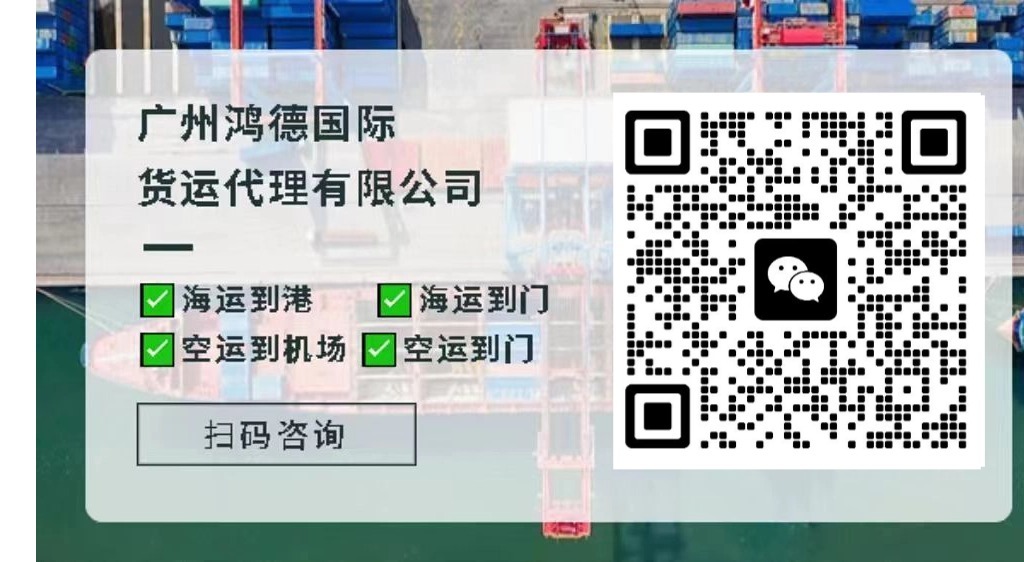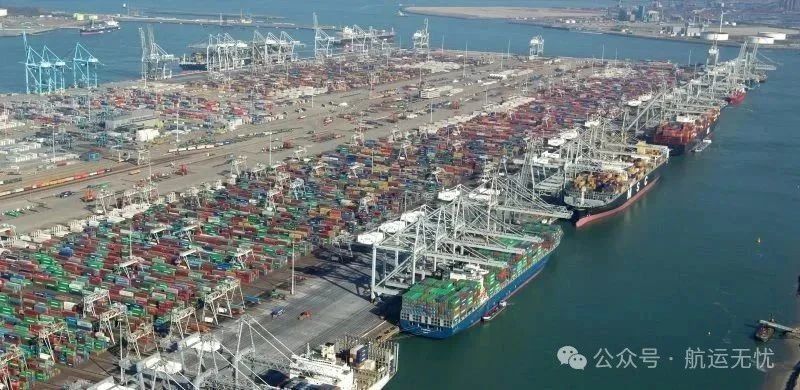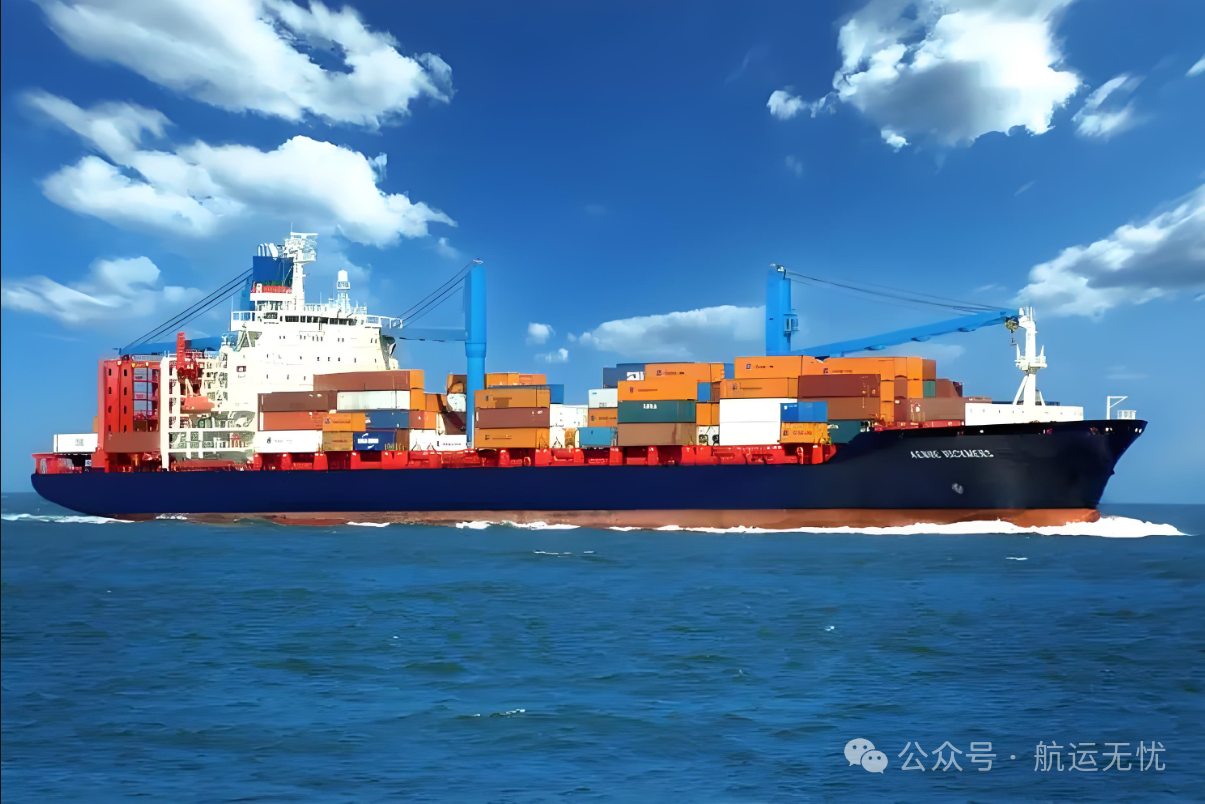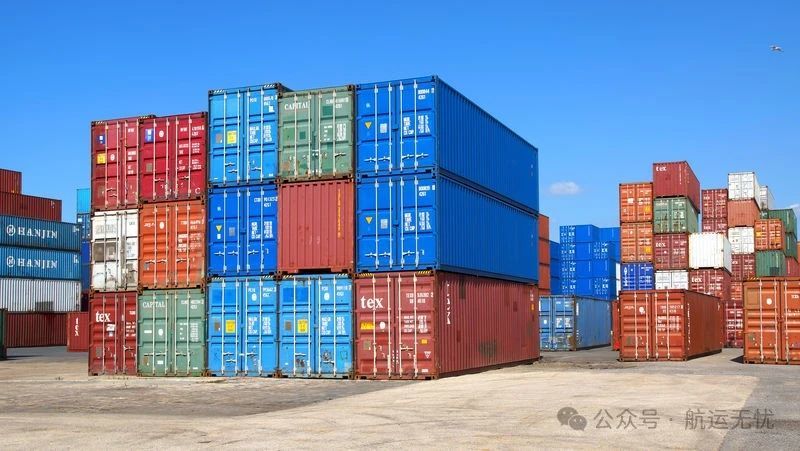The shipping market is in a big turmoil! The carnival of freight rates under the tariff grace period of China and the United States and the shadow of recession | Maritime export logistics
Jun 03,2025

In late April, the container shipping industry was also under a cloud of losses - some companies were predicted to lose money starting in April, based on ship company revenues in March and freight prices in April. However, on May 11, the situation changed dramatically: China and the United States reached a 90-day grace period on tariffs (ending August 11), and a surge of shipments to catch the policy final shuttle hit.
The data of Shanghai Shipping Exchange on May 30 can be called "explosion": the SCFI index reflecting the freight rate of the first week of June soared 30.68%, and the freight rate of the main routes showed a "stepped surge":
The increase in the US Western Front was the highest in the world, reaching 57.92%.
The Mediterranean line followed, rising 31.49%;
The Eastern United States Line rose 45.73 percent, and the South American and African routes generally rose more than 10 percent.
The "time window" of this price binge is clearly visible: based on the customs clearance date of the goods arriving in Hong Kong, the last day of departure for the US-Spain route enjoying the tariff advantage is July 28 (week 30).
The industry warns that if no new agreement is reached within the grace period, China-U.S. shipping could repeat the "freeze-point" mistake.
The apparent spike in freight prices hides a deep crisis. Reuters analysis pointed out that the Trump trade war has led to global enterprises over 34 billion U.S. dollars of sales losses and cost surge, the actual impact or far more than the disclosure of data, and may even lead to consumption contraction and inflation expectations. The International Monetary Fund in April halved its forecast for global trade growth in 2025 to 1.7%, half of last year's pace.
The shipping industry's "double days of ice and fire" are particularly noticeable:
For example, the top five companies in the world account for a much lower proportion of their Asia-Europe-U.S. airline business than their Asian counterparts. The data shows that Mediterranean Shipping (MSC) has only 32% of its capacity deployed on east-west routes, while the proportion of Asian companies such as Japan ONE and Changrong Shipping is as high as 65% -70%, meaning that the latter is more deeply dependent on the Sino-US trade chain and more exposed to shock risks.
European shipping company executives have bluntly said that the overall increase in freight prices in June could be a "short-term bubble" and that a recession in industry performance in 2025 is a certainty amid the normalization of trade frictions and weak global demand.
The essence of the increase in freight prices is the "pulse demand" generated by the policy window: shippers concentrate on shipments to avoid the risk of tariffs, driving up short-term capacity tightness, but after the tide recedes, the structural problems of the shipping industry's long-term overcapacity and shrinking demand will become apparent again.
For Asian shipping companies, it is urgent to optimize the route structure and reduce dependence on the single market; The restructuring of the global trade landscape is perhaps the more interesting long-term proposition behind the shipping turmoil.
When the freight price curve meets a political cycle, every fluctuation in the shipping industry reflects the nerves of the global economy. As the August 11 "deadline" approaches, is this seemingly hot freight-price binge a prelude to an industry recovery or a last glimmer before a recession? The market is waiting to see what happens.

Make global trade unimpeded
Contact Phone


Contact Us
Copyright ©Guangzhou Hongdex International Logistics Co.,Ltd
Hotline: 020-84608598
Whatsapp: 18011705178
QQ:2853396538
Email: 2853396545@qq.com
We will provide you with timely feedback











